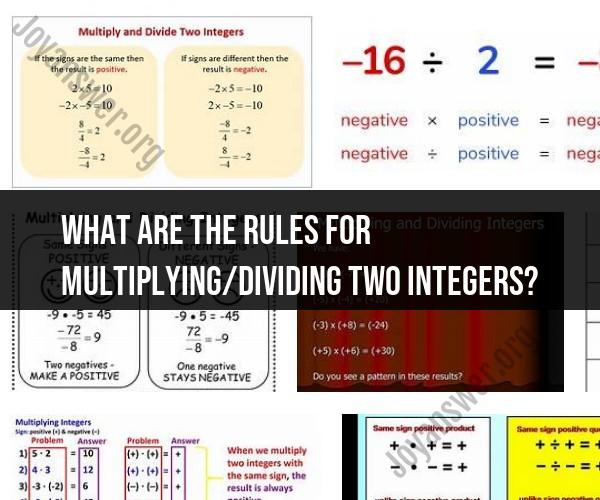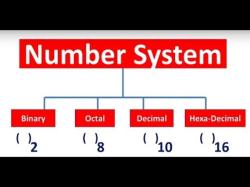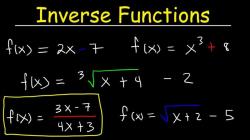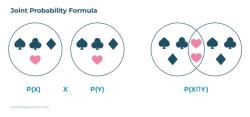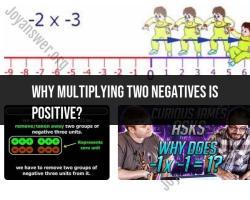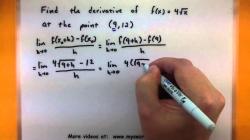What are the rules for multiplying/dividing two integers?
Multiplying and dividing integers follows specific rules that are based on the properties of integers. Integers are whole numbers, including positive numbers, negative numbers, and zero. Here are the rules for multiplying and dividing two integers:
Multiplying Integers:
Multiplication of Like Signs: When you multiply two integers with the same sign (both positive or both negative), the result is always positive.
Example: (+3) × (+4) = +12, (-3) × (-4) = +12
Multiplication of Unlike Signs: When you multiply two integers with different signs (one positive and one negative), the result is always negative.
Example: (+3) × (-4) = -12, (-3) × (+4) = -12
Multiplying by Zero: Multiplying any integer by zero always results in zero.
Example: (0) × (-5) = 0, (0) × (+7) = 0
Dividing Integers:
Division of Like Signs: When you divide two integers with the same sign (both positive or both negative), the result is always positive.
Example: (+12) ÷ (+3) = +4, (-12) ÷ (-3) = +4
Division of Unlike Signs: When you divide two integers with different signs (one positive and one negative), the result is always negative.
Example: (+12) ÷ (-3) = -4, (-12) ÷ (+3) = -4
Dividing by Zero: Division by zero is undefined in mathematics. It is not possible to divide any number, including integers, by zero.
Example: 5 ÷ 0 or (-7) ÷ 0 is undefined.
These rules make it easy to perform multiplication and division with integers. You can apply these rules to solve various arithmetic problems involving integers. Just remember the sign rules for multiplying and dividing, and you'll be able to work with integers effectively.
